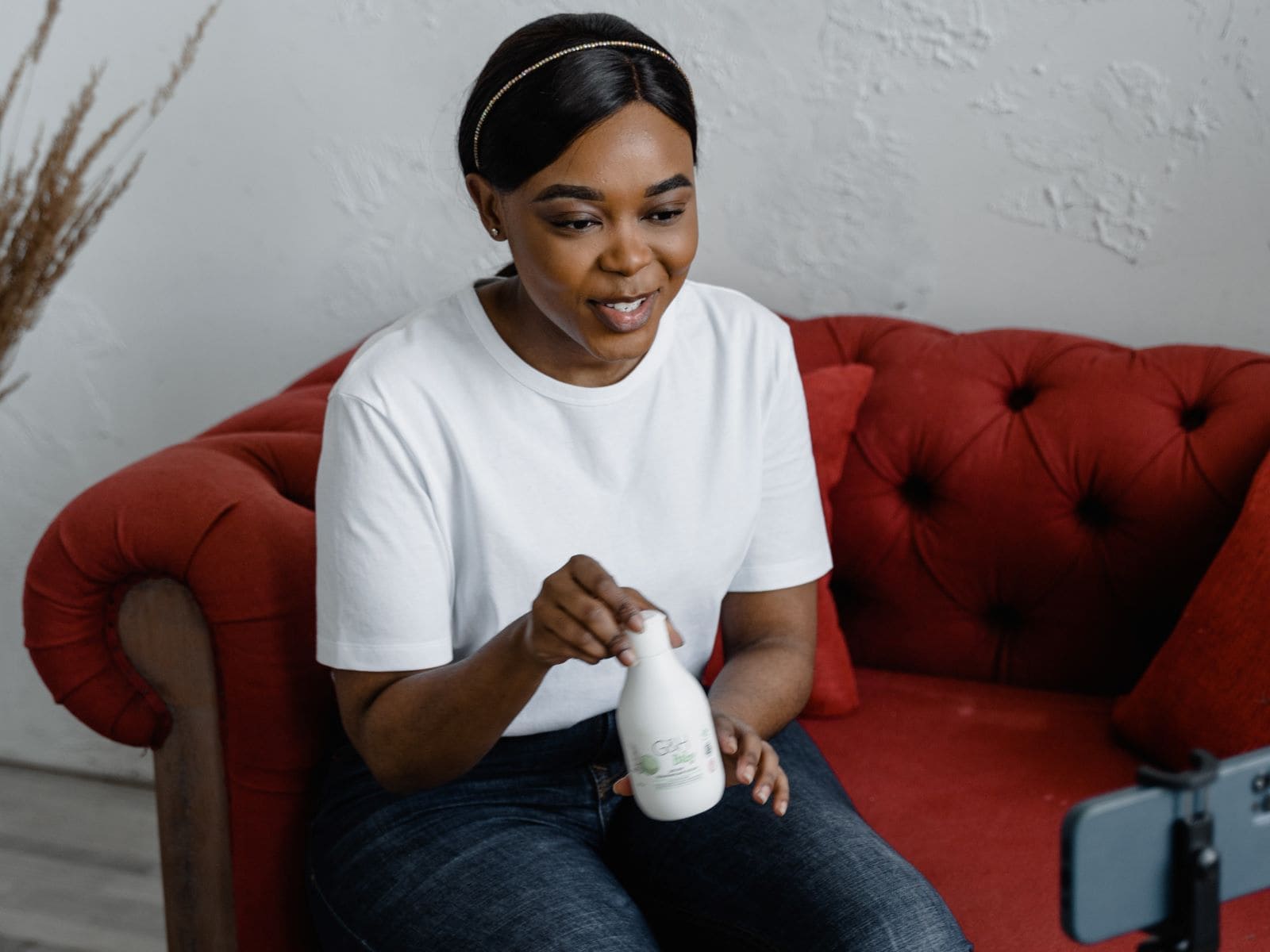
Weighing the pros and cons of ambassador vs affiliate programs?
With influencer marketing budgets increasing 33% YoY, it’s clear that brands are seeing big returns from creator campaigns.
Brand ambassadors and affiliate programs are both brilliant investments, too. That’s because this pair of partnerships can help you:
- Drive revenue as satisfied customers sell on your behalf
- Build brand awareness and expand your reach
- Create a much-needed sense of community among your customers
Still, the distinction between affiliates and ambassadors programs can be confusing.
Don’t worry, though! Below we break down the basics of affiliate vs ambassador programs. You’ll also learn how to pick the right type of program for your brand.
What Are Affiliate Programs and Ambassador Programs?
Let’s start with the key differences between affiliate programs and ambassador programs.
Because despite popular belief, they aren’t the same.
An affiliate program represents a collection of customers who market your products in return for a commission when a product sells.
Translation? There are no upfront payments involved. Affiliates only make money when they convert a lead.
Companies promoting affiliate programs use trackable links to monitor sales and pay out commissions. Check out the affiliate guidelines and perks from Pura Vida below.
.png?width=360&name=Screenshot_20220308-145855%20(1).png)
To drive sales and boost commissions, an affiliate might set up ads or landing pages to sell products. Of course, this all comes out of the pocket of the affiliate and costs nothing for the brand until a sale is made.
On the flip side, ambassador programs do not always pay commission. Brands instead pay an upfront fee or reward brand ambassadors with free products, gifts and additional benefits.
Brand ambassadors might be loyal customers, social media influencers or a combination of both. Ideally, these are people who genuinely love your products and want to shout you out on social media.
In return, they receive exclusive products and shout-outs themselves. Many brands on TikTok and Instagram make brand ambassadors a staple of their social presence. Here’s a snapshot of Shapermint’s ambassador perks:
.png?width=624&name=Shapemint%20(1).png)
Although some ambassador programs are application-only, many brands will seek out ambassadors themselves. After all, ambassadors represent an extension of your brand. They should understand your voice, values and what you’re all about.
Brand Affiliate Programs: Pros and Cons
Let’s say you're interested in building an affiliate program. Consider the pros and cons below:
Pros
- You pay nothing to affiliates unless they earn sales. This makes affiliate programs cost-effective and less time-intensive for you.
- The responsibility of selling is in the affiliates’ hands. By default, they’re motivated to come up with engaging promotional ideas themselves.
- There are tons of affiliate marketers out there that already know the tactics to drive sales. With your own affiliate marketing program, you can bring them into the fold.
Cons
- You have limited control over the quality of an affiliate’s marketing efforts. Poorly written reviews, social media posts and promos could potentially hurt your brand’s reputation.
- The leads brought in by affiliates aren’t guaranteed to be long-term customers. Affiliates can create a significant revenue stream but, like any form of marketing, it takes time.
- Affiliate programs represent both a time and financial commitment. You’re responsible for monitoring affiliates’ performance and paying commission in a timely manner.
The key to running an effective affiliate program? Vet your affiliates carefully.
Doing so means you’ll maintain brand integrity when they start promoting you.
No matter which affiliate program type you choose, your affiliates must be legit. If your program is application-only, use questionnaires and criteria to weed out unqualified affiliates. For example, do you have a minimum follower count or content aesthetic in mind?
Note that recruiting affiliates yourself can be a huge time-sink. That said, we’ve put together a list of affiliate outreach templates to speed up the process.
Brand Affiliate Program Examples and Requirements
Let’s dig into some real-life affiliate program examples and how they work.
Mory June sells chic products for new moms and their babies. Their affiliate program lets creators earn commissions by sharing discount codes with their audiences.
The brand empowers affiliates with all the tools they need to get started promoting products on social media ASAP. This includes images and caption copy.
.png?width=350&name=Screenshot_20220308-151513%20(1).png)
Meanwhile, Anker also offers an affiliate program with a variety of upfront perks. This includes a transparent 8% commission rate, seasonal coupons and up-to-date affiliate links.
.png?width=700&name=image6%20(1).png)
The program gives brand affiliates the freedom to publish just about anywhere, including industry blogs and social media platforms.
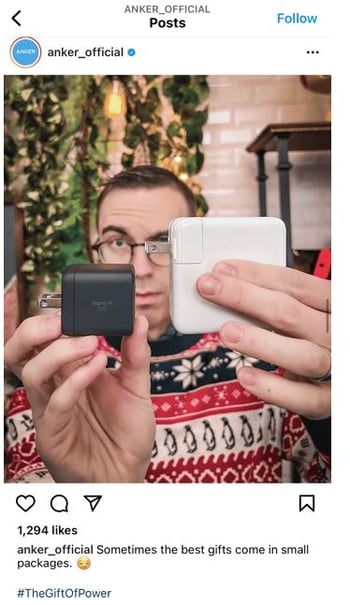
Source: @anker_official
Brand Ambassador Programs: Pros and Cons
Like affiliate programs, brand ambassador programs can help you build awareness and scale. Let’s look at the pros and cons.
Pros
- Ambassadors provide a much-needed sense of authenticity to your brand. This human touch makes it easier to connect with your current customers and new leads alike.
- You have more control over the types of content and captions that your ambassadors create versus affiliates.
- Ambassadors are usually flexible in terms of how they’re compensated. Products, discounts and direct payment are all fair game.
Cons
- If an ambassador makes a mistake or poorly represents your brand, their problems can become your problems.
- When you invest in an ambassador that isn’t a good fit or doesn’t deliver, you end up eating the cost through time and products.
- Recruiting and managing brand ambassador programs can be time-consuming.
Not unlike affiliate programs, you need to aggressively vet ambassadors before bringing them on board. Be on the lookout for fake followers and inflated engagement rates on social media.
When in doubt, put together a detailed outline of requirements and expectations for your brand ambassadors. For reference, check out our ambassador guidelines for TikTok.
Real Brand Ambassador Program Examples
To better understand how ambassadors operate, let’s look at some examples.
LYS Beauty recruits brand ambassadors that go beyond posting creative content. The company is searching for people that embody their brand’s sense of confidence and share their mission of diversifying the beauty industry.
.png?width=624&name=lys%20ambassador%20(1).png)
In addition to direct payments and gift cards, ambassadors also receive free products alongside early access to new products and secret sales. The brand likewise puts its ambassadors front-and-center on Instagram.
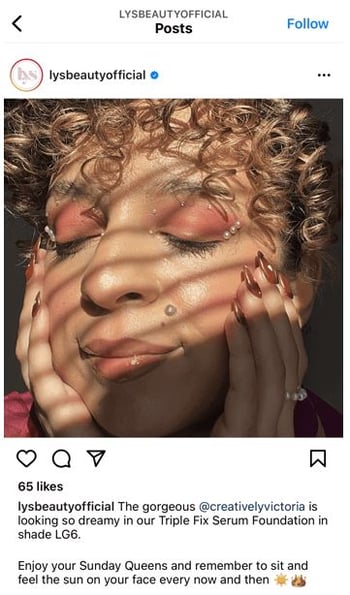
Source: @lysbeautyofficial
Birth control subscription service Emme goes all out for ambassadors, providing flexible schedules and even career opportunities.
This is all on top of commissions, freebies and rewards. Ambassadors also receive a discount code to share with their followers. This perk-filled program requires a fairly detailed application process for a reason.
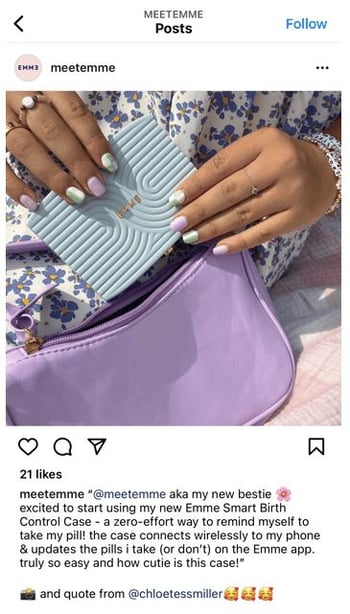
Source: @meetemme
Emme’s program really drives home the difference between an affiliate and an ambassador in terms of the relationships they have with brands.
Need more inspo? Check out our post breaking down the four types of brand ambassador programs.
Do Brand Ambassador Programs and Affiliate Programs Still Work?
Fair question! The world of consumer marketing is constantly changing. As trends change and marketing strategies evolve, brands have to adapt.
Should affiliates and ambassadors still be part of your strategy?
The short answer is “yes!” Look no further at the recent boom of TikTop Shop affiliates, for starters.
We’ve seen firsthand how campaigns centered around user-generated content outperform competing promotions. Don’t just take our word for it, though:
- 71% of consumers prefer to discover brands through recommendations from friends, online reviews, social media, and bloggers versus ads
- 88% of people trust recommendations from people they know over any other channel
- If on-site consumer reviews are present on a website, conversions can increase by 74%

And guess what? Both affiliates and ambassadors can create content, social proof and positive reviews that win customers over.
Instead of Choosing Between Affiliate vs Ambassador Programs, Ask: “Why Not Both?”
Continuous partnerships that result in customer content are proven to generate sales and trust.
Whether or not you invest in an affiliate or ambassador program really depends on your goals — and your budget.
Maybe kick things off with an affiliate program until you build enough buzz to attract ambassadors. Perhaps you drive straight into a brand ambassador program to help create hype prior to a product launch.
You can even combine affiliate programs and ambassador programs to create more upside for your ambassadors.
And if your brand needs a higher volume of creator content to promote, Statusphere can help.
Our micro-influencer marketing platform matches brands with creators using 250+ first-party data points. Through our vetted creator community and streamlined fulfillment technology, Statusphere helps brands earn guaranteed content at scale.
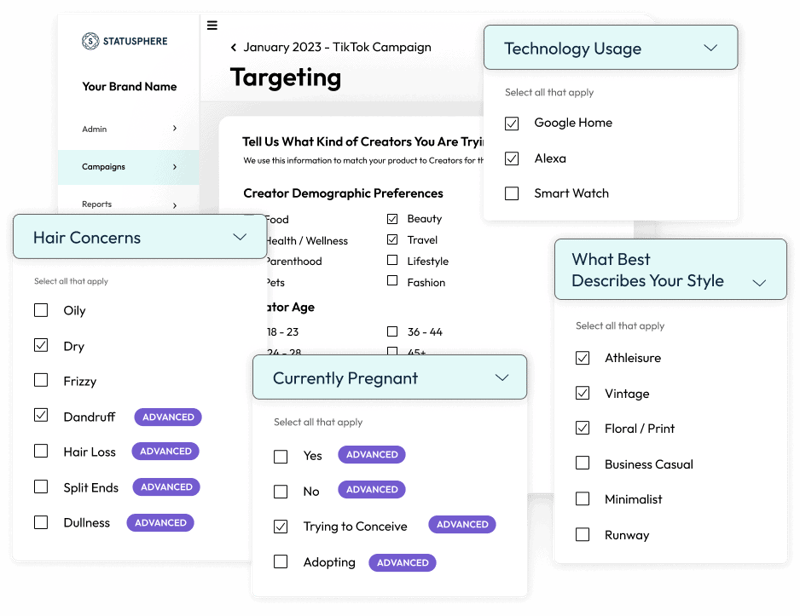
We built our software specifically to support brands with an always-on creator marketing strategy. We’ve already generated 75,000+ pieces of content for 400+ brands.
Want to learn more about how our platform works? Get in touch with one of our experts to see how we can scale your creator content in a fraction of the time it'd take in-house.
This article was first published in August 2017. It was last updated on February 20, 2023.
/2%20featured%20(1).jpg)